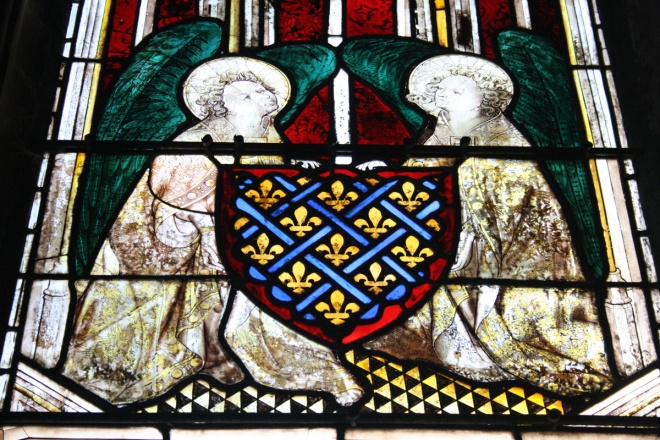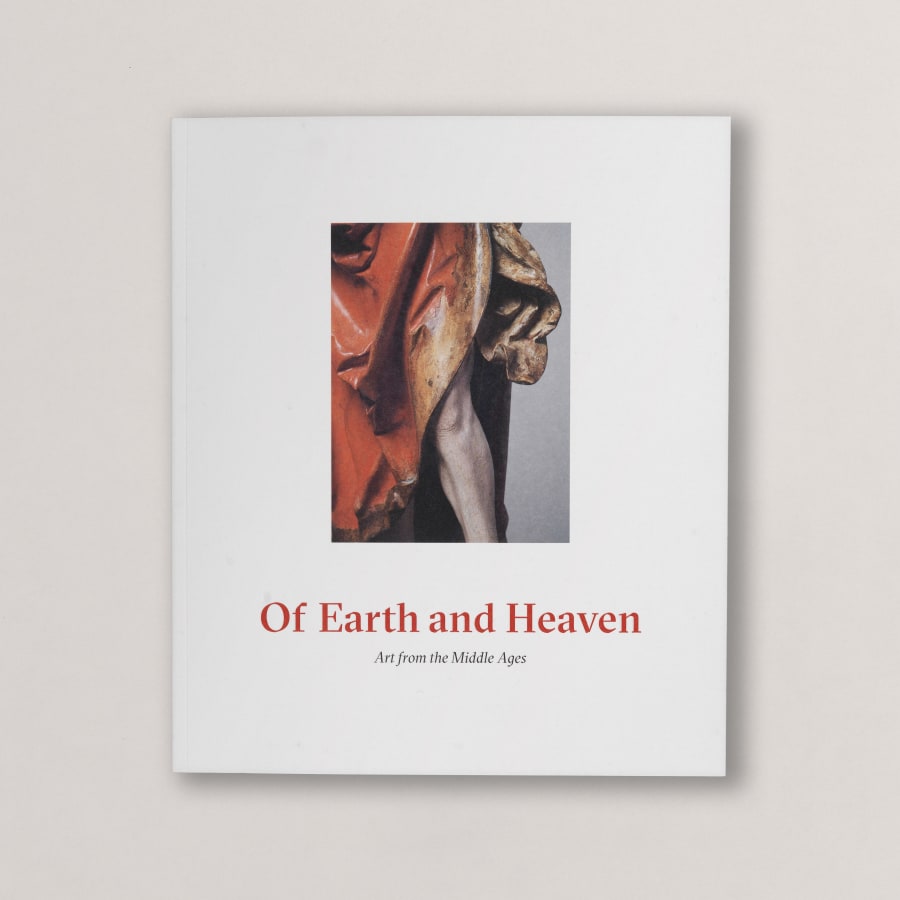Below is a catalogue entry concerning Anthony Caro’s book edition Open Secret, written for the upcoming publication of an important private UK collection.

Anthony Caro (1924-2013)
Open Secret
2004
Edition of 31 sculptures in four materials: three in stainless steel, three in grey cardboard, 10 in bronze and 15 in brass, plus one artist’s proof of each; accompanied by hand-written poems in German and English by Hans Magnus Enzensberger, and a passage transcribed by Caro from Shakespeare’s The Merchant of Venice.
Published by Ivory Press, London, UK
27 x 61 x 80 cm approx. (with variations between editions)
The Open Secret series was first exhibited as part of Blood on Paper, an exhibition of artists’ books held at the Victoria & Albert Museum, London, UK, between 15/04/2008 and 29/06/2008. It has since been featured at the Whitechapel Gallery, London (25-27/09/2009) and the Lightbox Gallery and Museum, Woking (20/01/2009-21/04/2009), and will travel to Madrid in February 2015 as part of Books beyond Artists: Words and Images, hosted by Ivory Press. Each edition takes the form of a hinged metal case opening to reveal a collaborative portfolio by Caro and the German author and poet Hans Magnus Enzensberger, incorporating text and images.
Anthony Caro was one of the first artists to challenge the orthodoxy of post-war British sculpture. In what Adrian Stokes saw as the superseding of the traditionally predominant sculpting material – stone – Caro embraced the pourable, plastic, and moulded qualities of unrefined metals to redefine the language of sculpted forms. From roots in the iron foundry, he moved through a spectrum of media, incorporating clay, card and paper, brass, bronze and occasionally pigments into his work, forging particularised structural relationships out of planes, corners, curves and tubes in each case.
The Open Secret series provides something of a bridge between two related but divergent veins in Caro’s practice, combining the sense of monumentality and mass of material inherent to his increasingly large-scale installations from around 1974 onwards, and the intimacy and delicacy of poise that characterise the artist’s extensive body of table pieces. The result is a finely tuned spatial balance that incorporates both floating and solid elements in counterpoint, establishing a tactile table-top sculpture whose form is in a state of flux (these ‘books’ are literally made to be touched and opened), with a structure rooted in the solidity of its four-square geometric footprint. This middle ground is shared by certain larger works – Tundra (1975), or Jupiter (2005) for instance – along with many of his ceramic pieces, particularly examples in the Can Co series he created in the mid-seventies, but they are drawn here into a unique and charged state of formal dynamism. This touches on Michael Fried’s famous assertion that Caro’s sculpture always appears to be at the point of disintegration, that is, that through the movement of the viewer literal visual references can be conjured and crushed in consecutive moments.[i] As a result, the attendant connotations are both abstract and vivid; the open, fluid form of these ‘cases’ suggests the opening out of language itself, and the dynamic rather than static qualities of its rippling ‘leaves’ evoke both the turn of phrase and word inherent to the poetic format, and the literal turning of the pages within – an act of almost infinite and lyrical potential fundamental to our delight of the written word. In this respect, the variants of Open Secret are abstracted somewhat from the reality of comprehendible forms, so that they are not based solely on visible references in the outside world but operate, as Ian Barker notes, as ‘vehicles with expressions of feeling’ that touch on literary themes.[ii]
The artist’s choice of materials for Open Secret offers new and fruitful avenues for the interpretation of his wider oeuvre, and draws on tonal, textural, and visual subtleties that diverge from those more commonly associated with his practice. His interest in the materiality of metal in its supposedly pure form (the use of paint to disguise the true nature of metal was almost entirely abandoned early on in his career) seems key here. Each of the edition’s variants acts as an almost elemental substance (especially when seen collectively), with an identity and meaning related to but distinct from their counterparts. None of the selected metals, however, can finally be understood as being pure in an elemental sense– since they are all admixtures of other substances, and quite deliberately chosen as such. Like language, each embodies the consummation of a process of careful measuring and manipulation by experience, craft and the human mind.
Matthew Reeves
[i] Michael Fried, ‘Two Sculptures by Anthony Caro’, in Artforum, vol. 6, no. 6, Feb. 1968, pp.24-25
[ii] Ian Barker, Anthony Caro; Quest for the New Sculpture, London, 2004, p. 95












